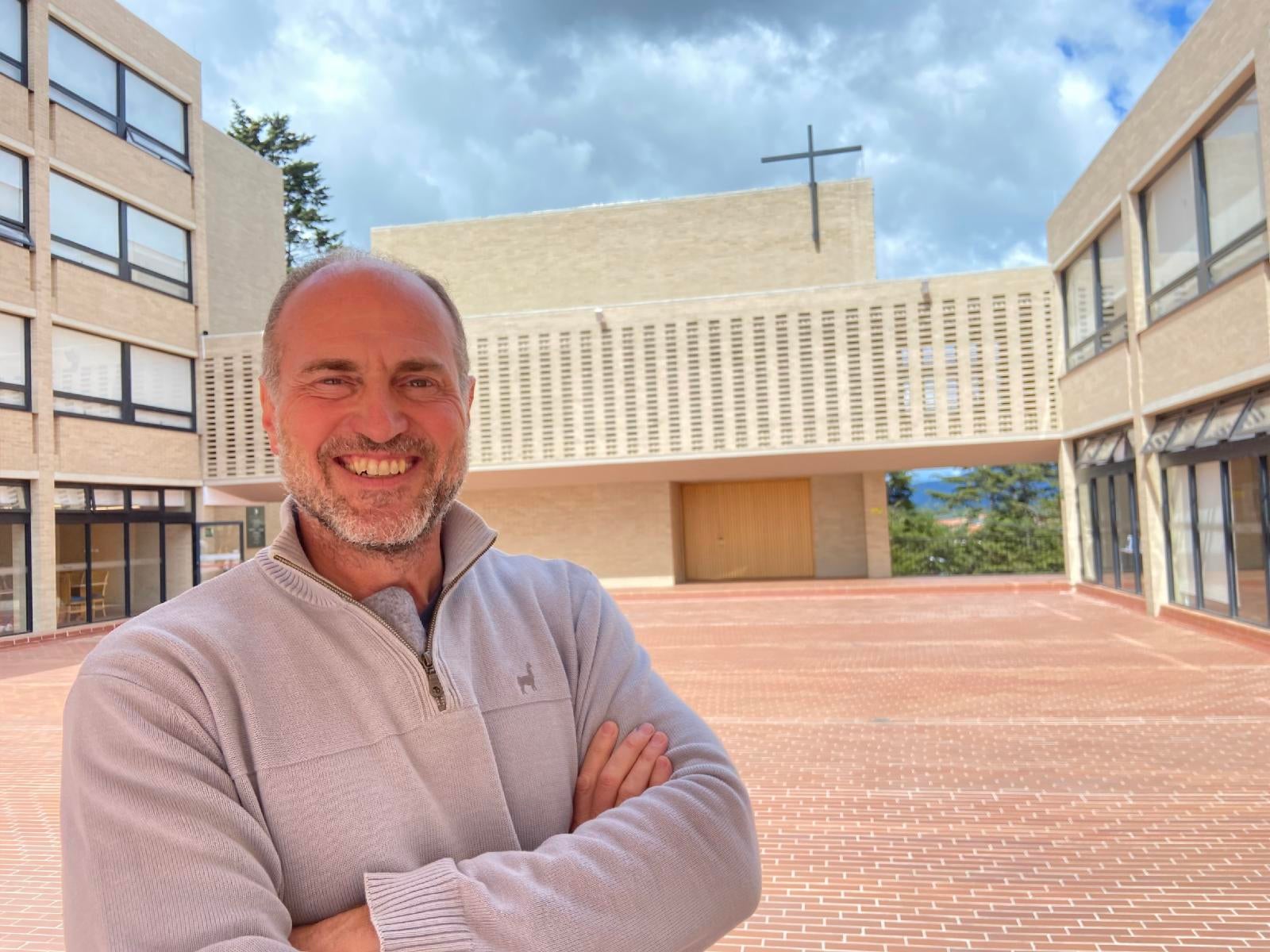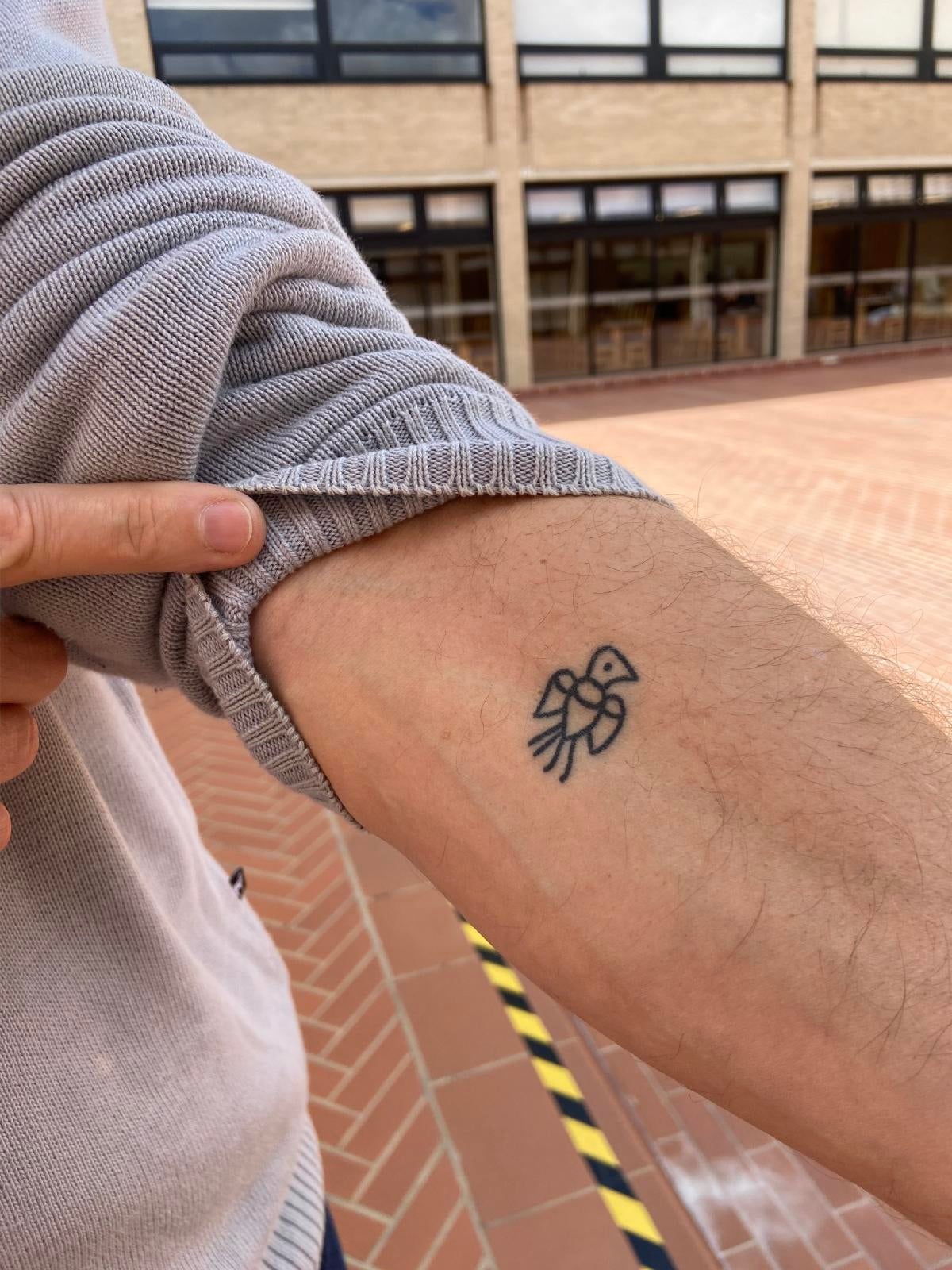Holy ink: Tattoo culture shows faith is not skin deep, sociologist says
BOGOTÁ, Colombia (CNS) — The Catholic Church cannot measure people’s engagement with religion only by looking at church attendance, but also must observe how they express religious sentiments outside of church — even on their own bodies, a Jesuit priest said.
“It’s important to understand tattoos in order to understand one of the many ways in which people practice religion,” Jesuit Father Gustavo Morello, a professor of sociology of religion at Boston College, told Catholic News Service Nov. 28 during a theology conference in Bogotá.
“A lot of people have been expressing their faith through tattoos,” he said, not always in a strictly religious sense, but as a “connection between the person and something beyond.”
According to the Pew Research Center, 32% of Americans have tattoos, and 41% of religiously unaffiliated adults have at least one tattoo compared to 29% of people affiliated with a religion.
For Father Morello, that data shows that “there is something going on there that is beyond one’s personal identity,” particularly for people who are religiously unaffiliated. He noted the common practice of tattooing the face, name or years of life for a deceased loved one, in addition to other “foundational” tattoos which depict the dates of weddings, children’s birthdays or markers of major life milestones to retain a sense of their memory.
“Tattoos are a communication device,” he said. “So as a minister of the church, as someone who deals with religion, you have to read the message.”
He noted that since Gallup started measuring church attendance for Christians in the United States in 1947, “the world has changed.” Yet despite immense economic and cultural changes, “we keep thinking that religion should be the same.”
“I don’t think there is less religion than before, but religion is in other places, not necessarily where the churches want it to be, and the tattoo is one of the places,” he said.
Father Morello spoke with CNS during a three-day conference organized by the Pontifical Commission for Latin America on religious expressions in popular culture. Other sociologists, theologians, historians, journalists and artists gathered in Bogotá to discuss how they see and respond to society’s shifting views on religion represented in cultural trends.
Tattoos, and the painful practice of getting them, are also often a way for religiously non-affiliated people to externally demonstrate their interior life, Father Morello said.
He noted that while Christians can wear crosses in public and Jews and Muslims may wear different attire that communicates their faith, “for the non-affiliated, the options are very limited.”
“There are not many things that show some kind of inner life that is not associated to a church. A tattoo is one of those few things,” Father Morello said, recalling an interview he conducted with a woman who said her tattoo of a tree represented how her life was “rooted” in God.
Additionally, the process of meditating on a tattoo design, discussing it with an artist and undergoing pain to get it adds a religious weight to tattoos, he said.
“You have someone on your skin, so it’s very intimate,” he said. “In some cases, some people will go with a friend or someone else for support. Sometimes they start to talk with the artist and then the artist talks with them, so there is a kind of spiritual conversation.”
Many tattoo artists, Father Morello added, have a “conviction that (tattooing) is a serious moment that needs some kind of ritualization,” citing examples of artists he has met lighting incense when they tattoo someone or playing a particular type of music.
Father Morello noted that a growing tattoo culture also reflects the increased “personalization” of tattoos that has become possible with new technologies, making more individualized expressions of religious sentiment possible.
Tattoos were hand poked or applied using “flashes” with pre-prepared designs before the electric-powered tattoo machine started being used in the early 20th century. It wasn’t until the 1960s that colored tattoos became commercially available.
Before the 1960’s, “even if you wanted a religious tattoo, you would have to go and point” to the design available in each tattoo parlor, Father Morell said. “There was no creativity.”
Tattoo technology has allowed more and more people not only to get tattoos, but also to personalize them, he noted, to visually express their spirituality however they like, even using explicitly religious imagery.
“You want Jesus, but you want Jesus hugging your mother because she passed away, and we have the technology to do that,” Father Morello said.
Tattoos personalized like that, he said, present an opportunity to “have a different conversation about what religion is for people.”

